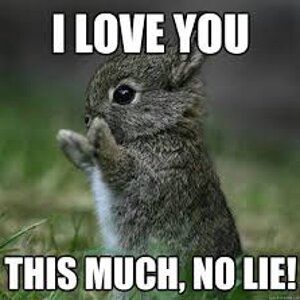cigrainger
TPF Noob!
- Joined
- Feb 2, 2007
- Messages
- 480
- Reaction score
- 1
- Website
- www.flickr.com
- Can others edit my Photos
- Photos NOT OK to edit

Fuji Velvia 100 metered with my 1964 Spotmatic. It's not as hard as some make it seem. Terri has it spot on. I didn't even bracket my first roll and every exposure came out perfectly, just using my Spotmatic's metering system.
I don't think there's any negative that could get greens and detail like that.
Give it a shot. My processing place charges me the same to process/mount/scan/4x6 print it as b/w film and will do it in about 24 hours.
I don't think I'll ever shoot color negative again.





![[No title]](/data/xfmg/thumbnail/35/35268-34a315519597f60516d59124092e9bc2.jpg?1619736971)
![[No title]](/data/xfmg/thumbnail/41/41920-c7de4d93604fb89eb48454f9e5dba8a0.jpg?1619739944)

![[No title]](/data/xfmg/thumbnail/41/41922-e7a483d91c9d307d9bb8d6143d03889b.jpg?1619739944)
![[No title]](/data/xfmg/thumbnail/31/31034-2d8812b75c0bd23fdc2c885c24194e1f.jpg?1619734580)



![[No title]](/data/xfmg/thumbnail/32/32947-11daccca0ca979c310e3963ceb9d01d8.jpg?1619735780)
